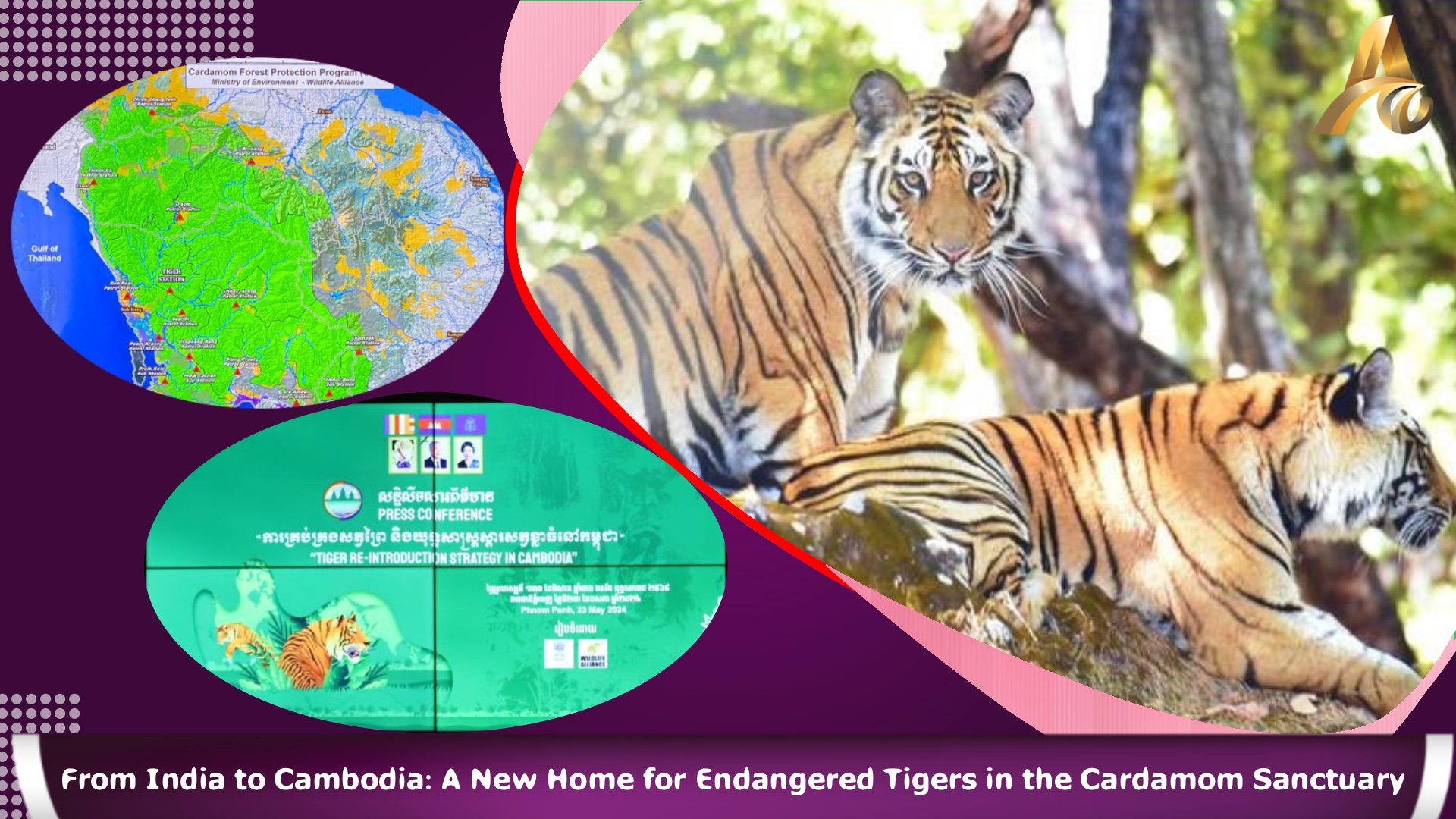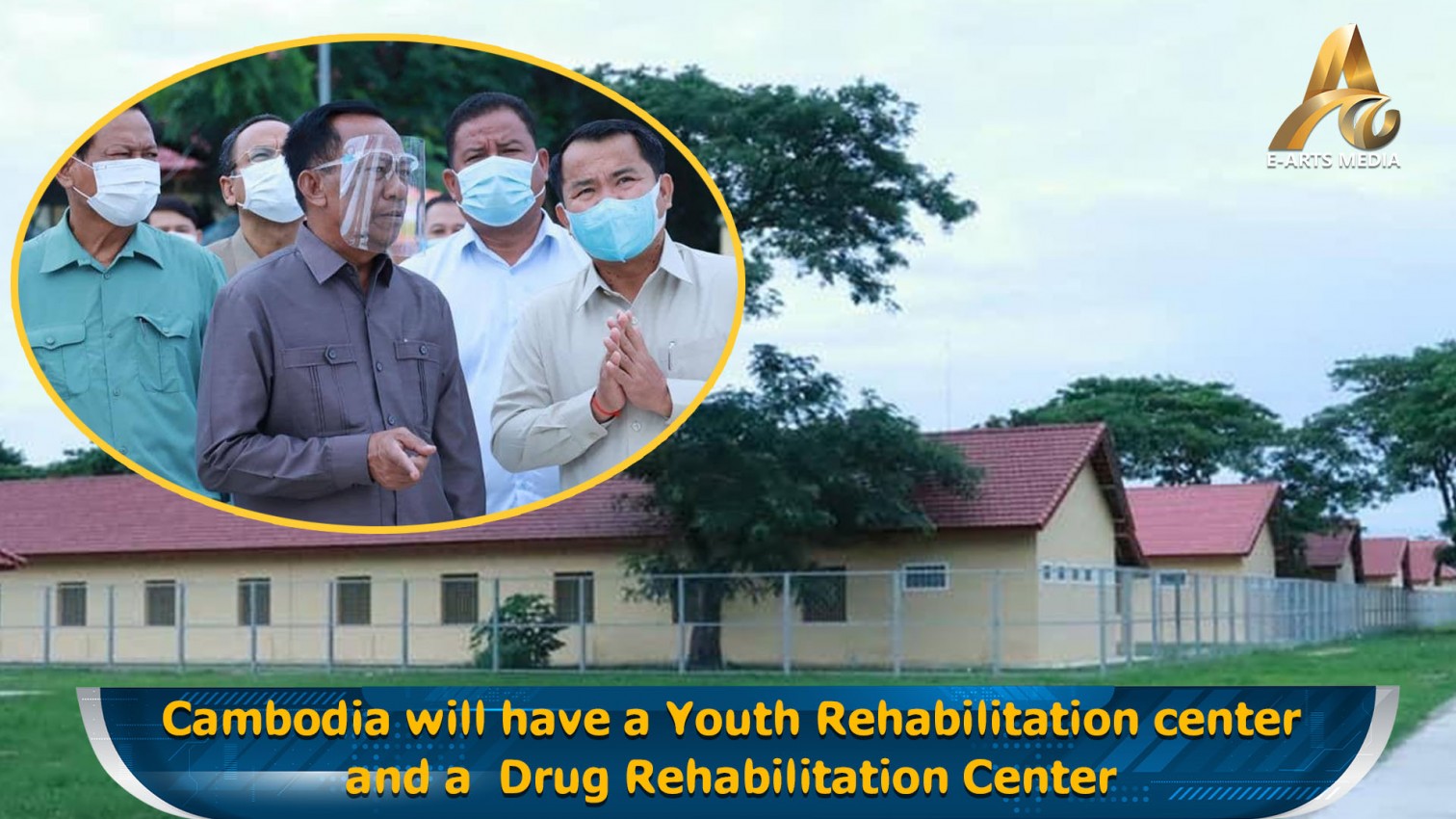Phnom Penh, Cambodia – In a significant step towards wildlife conservation, Cambodia will soon introduce four large tigers from India into the Cardamom Mountains, as part of a pioneering initiative aimed at reviving the big cat population in its native habitats.
During a press conference on May 23, 2023, Dr. Suwanna Gauntlett, Founder and CEO of Wildlife Alliance, outlined the plans for the relocation of one male and three female tigers, which marks the first phase of a collaboration with the National Tiger Conservation Authority (NTCA) of India.
Dr. Gauntlett emphasized that successful conservation efforts could lead to the introduction of an additional 11 tigers in the future.The chosen release site in the core area of the Cardamom Mountains is heavily protected, making it an ideal rehabilitation environment for these tigers.
The area is under intense surveillance with 410 automatic cameras installed by the Wildlife Alliance and the Ministry of Environment to monitor the local wildlife population that forms part of the tigers’ diet.Technical enhancements including the use of transmitters to track the tigers' movements have been implemented, with the Ministry of Environment managing the satellite data to ensure a controlled and safe adaptation for the tigers.
Ambassador Devyani Khobragade of India highlighted that the transfer is expected between November and December, though it may be subject to delays due to weather conditions and other logistical considerations.Mr. Chea Sam Ang, Secretary of State for the Ministry of Environment, expressed that reintroducing these tigers not only aids in wildlife restoration but also bolsters tourism, which in turn can enhance local community livelihoods.
He recalled the poignant loss of tigers in Cambodia, last spotted in 2007 due to poaching. Their hopeful return is seen in areas across the northeast, southwest, and north of Cambodia.To facilitate the adaptation, a 90-hectare section of Tatai Wildlife Sanctuary within the Cardamom Mountains has been prepared, featuring enclosures, ponds, and a tailored environment to support the tigers.
This restoration project stems from a Memorandum of Understanding signed between Cambodia and India in November 2022, symbolizing a historic commitment to big tiger conservation in the region.
The big tiger, also known as the leopard, is distinguished by its robust build and striking coat of red, yellow, or light brown with black stripes. Adapted to a variety of habitats, these tigers are excellent swimmers and skilled hunters, capable of breeding throughout the year and living up to 25 years in the wild. This ambitious project not only aims to restore a vital part of Cambodia’s natural heritage but also to establish a sustainable model for conservation efforts globally.




























